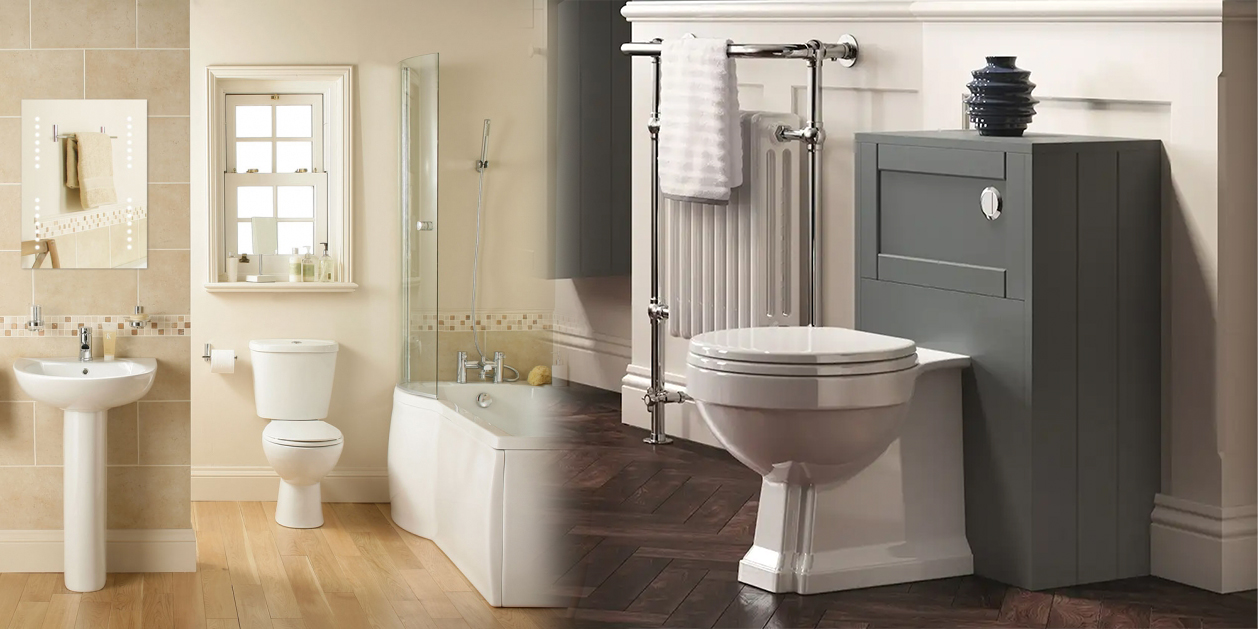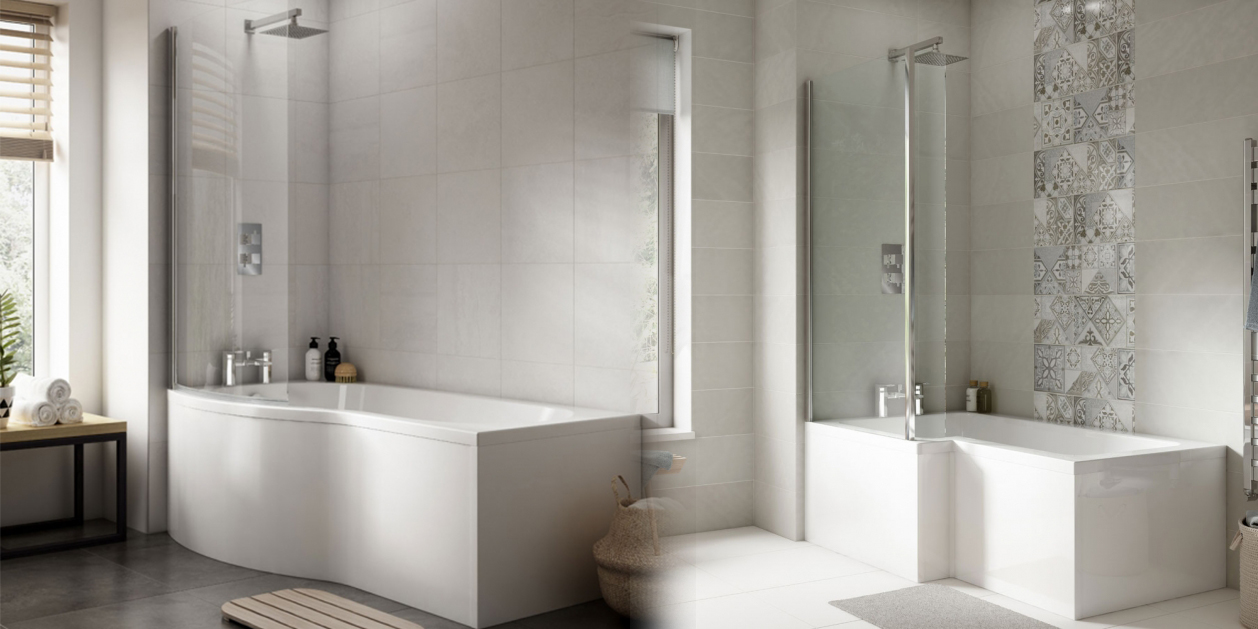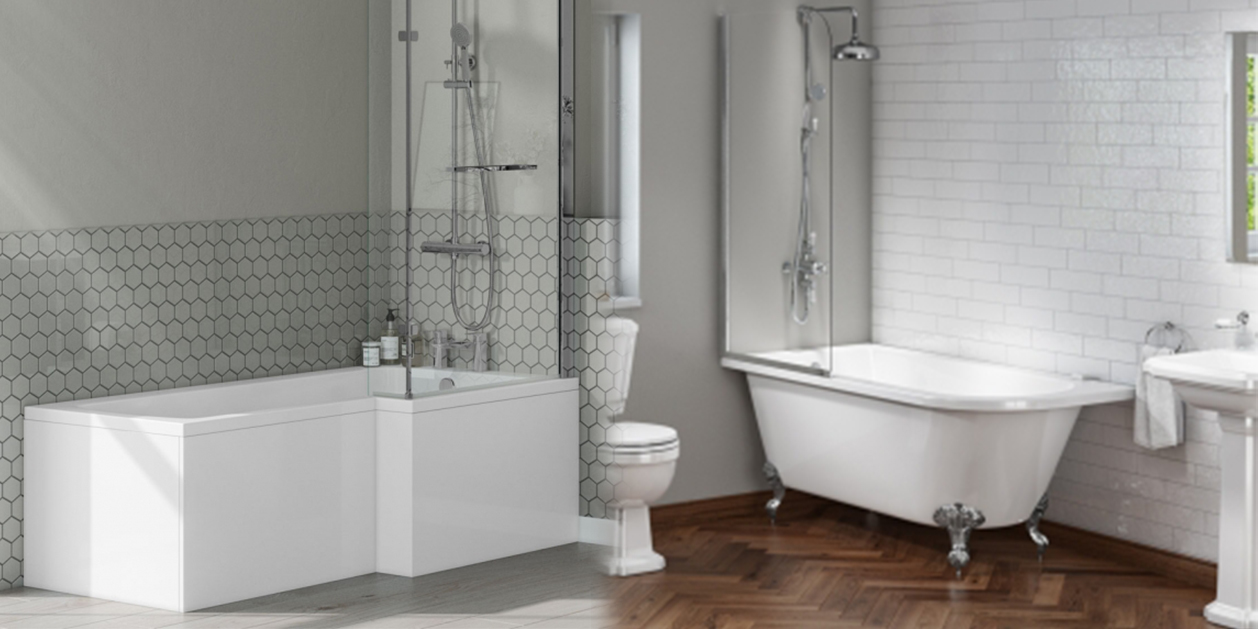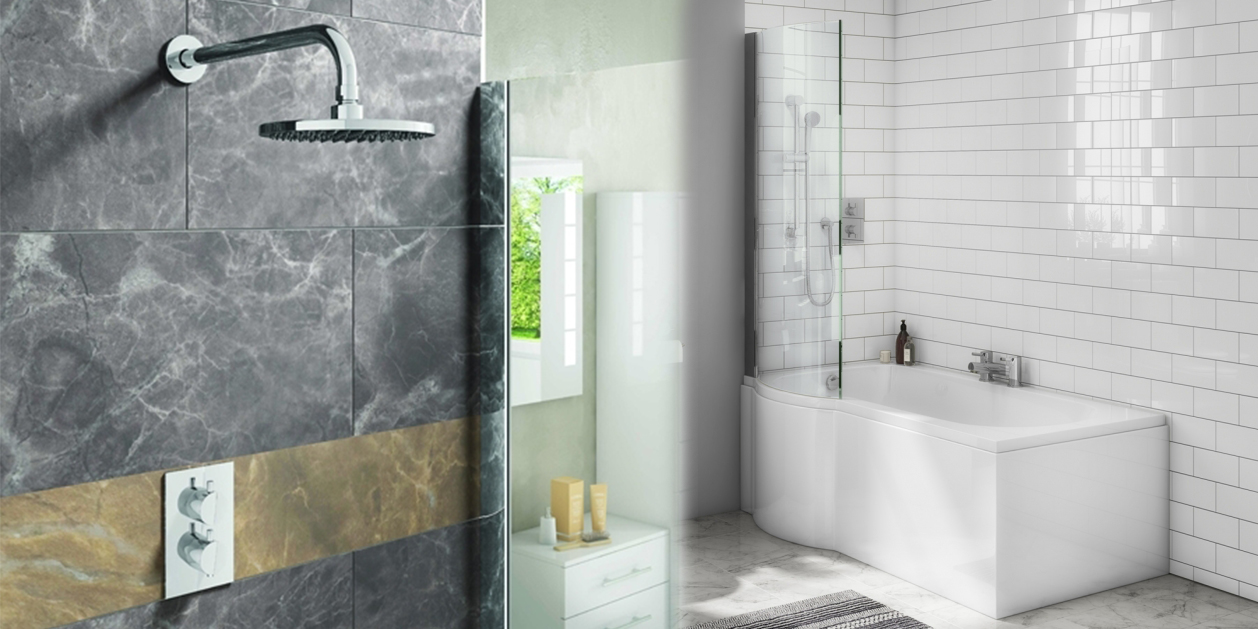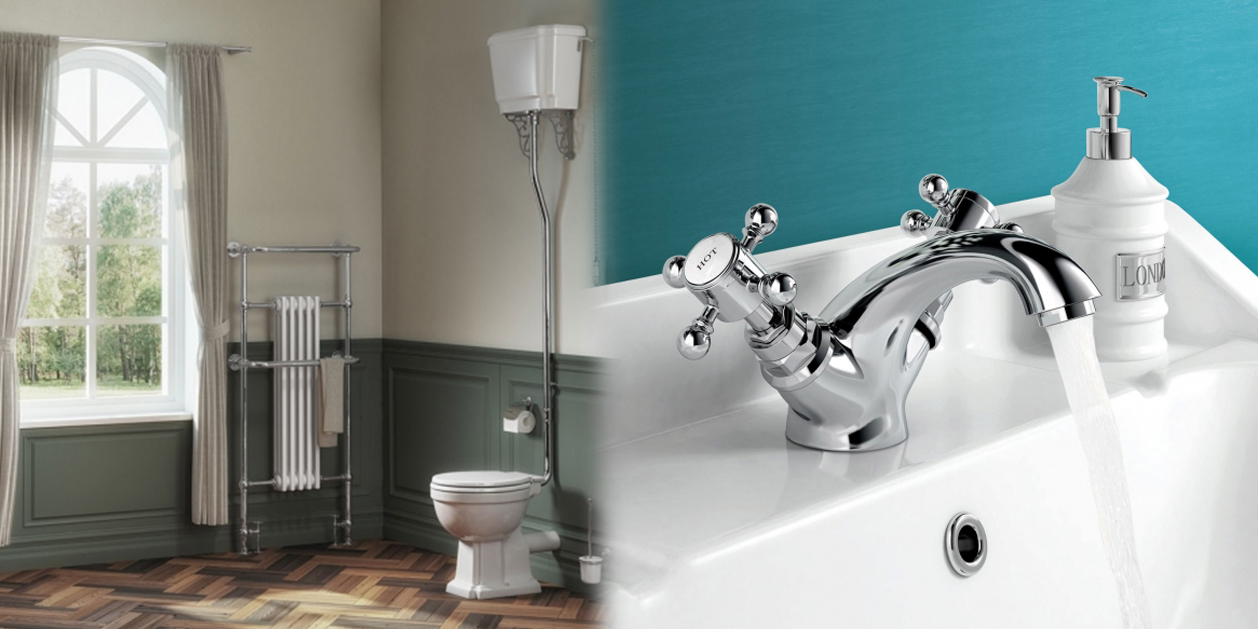How to Remove Bathroom Mould
How to Remove Bathroom Mould - Cleaning
Welcome back avid DIY’ers! This week the Handyman has his eyes set on an all too familiar bathroom problem that has plagued homeowners with bad smells and an unsightly appearance for years: mould and mildew.
Welcome back avid DIY’ers! This week the Handyman has his eyes set on an all too familiar bathroom problem that has plagued homeowners with bad smells and an unsightly appearance for years: mould and mildew.
So, prepare your bathroom once again for another how-to lesson with the Bathshop321 Handyman!

What Causes Mildew?
The main and certainly most common cause of mildew in the bathroom is poor ventilation, often resulting in a collection of steam and condensation on the windows, walls, ceiling and door. While in other areas of the home such as the attic and basement, leaking water from outside may be entering the room and allowing the mould to grow, the bathroom is subjected to steam and water droplets more than any other room of the house.
If you or anyone else in your household suffers from respiratory problems, it’s important that you remove the damp as soon as possible. The airborne spores in mildew can have a noticeable impact on your breathing, potentially acting as much more than just a mild risk for asthma sufferers or young children.
Preventing the Development of Mould
To massively reduce the chance of mould and mildew developing in your bathroom, you simply must have proper ventilation. If your bathroom does not have a vent or extractor fan which leads outside, it’s a good idea to have one installed, this will allow additional steam to escape the room, and prevent excessive moisture build up on the walls and windows when you are running a hot bath or shower. This is one of the most effective and hassle free methods to reducing condensation in your bathroom; no wonder they are now required in new constructions under building regulations!
If this is not an option, find other ways to allow a proper escape for the steam and heat during use of your bath and shower. Here are some additional ways to prevent condensation building up in your bathroom:
- Open the bathroom window enough to allow the steam to escape; if you find that numerous water droplets are still developing on the window or mirrors, this is not enough.
- If you can guarantee yourself a little privacy when using the bathroom, consider leaving the door half open, this combined with an open window will create a through-draft that will carry a large portion out of the room where it will quickly cool and disappear.
- Improved heating in the room will certainly have an effect on the amount of condensation that builds up on surfaces; keeping a modest yet constant background heat is preferable to intermittent bursts as this will help maintain a higher ambient temperature in the bathroom.
Preparation
As always, the Bathshop321 Handyman insists that any job worth doing is worth doing safely and properly! So, before we continue, here’s a list of equipment you’ll need to remove mould and mildew from your bathroom.
*Note. This guide is intended to help with the removal of small amounts of mould and mildew from the bathroom; if you have large areas of toxic mould (such as black mould or otherwise) we highly recommend you hire a professional, as advanced safety precautions and equipment will certainly be required.
- Disposable covers/dustsheets
- Safety glasses
- Protective/disposable gloves
- Mould killer/remover spray (available at all good home DIY stores)
- Abrasive cloth or sponge
- Disposable dry rag
- Sufficient supplies to repaint/repaper affected areas
Getting Started
First things first, let’s take measures to preserve your bathroom and keep it looking great! Lay down the dustsheets over your skirting areas and any other fixtures the affected area may be above; this will stop the dirt and mould dripping down and contaminating any areas beneath.
Next, provide proper ventilation by switching on any extractor fans, opening windows and wedging the door open.
Removing Mould
Removing the mould from your bathroom walls and ceiling is a fairly simple process, however it’s important to ensure you are using all of the safety equipment mentioned above. Inhaling the airborne spores emitted by mould can be extremely bad for you; and the remover used in this process is made up of various chemicals, so be sure to wear safety glasses and gloves.


Using your quality mould remover, spray the affected area liberally and leave to soak for around 5-10 seconds; you may wish to hold a cloth against the wall or beneath the area to catch runaway drips and runoffs.

Then using your sponge or scouring pad, run away the mould, rinsing the sponge in hot water whenever the mildew begins to build up on it. Once the mould is gone, allow the area to dry off for a couple of hours, then return to check if the mould still appears to be fully gone once the wall or ceiling returns to its original dry colour.

You will likely notice that the mould and mildew remover can damage wallpaper and remove paint, so prepare for the likelihood that you will need to add a new lick of paint or sheet of paper to the area after cleaning.
Final Tips
The best means of tackling mould in your bathroom is prevention; proper ventilation is vital, so look to invest in a quality extractor fan, or allow as much escape for steam as possible to prevent the build-up of condensation.
So there we have another household hurdle tackled with the help of the Bathshop321 Handyman! Remember to always carry out your DIY tasks safely, and check back again soon for more great guides and tips!
Images and stills sourced from:





